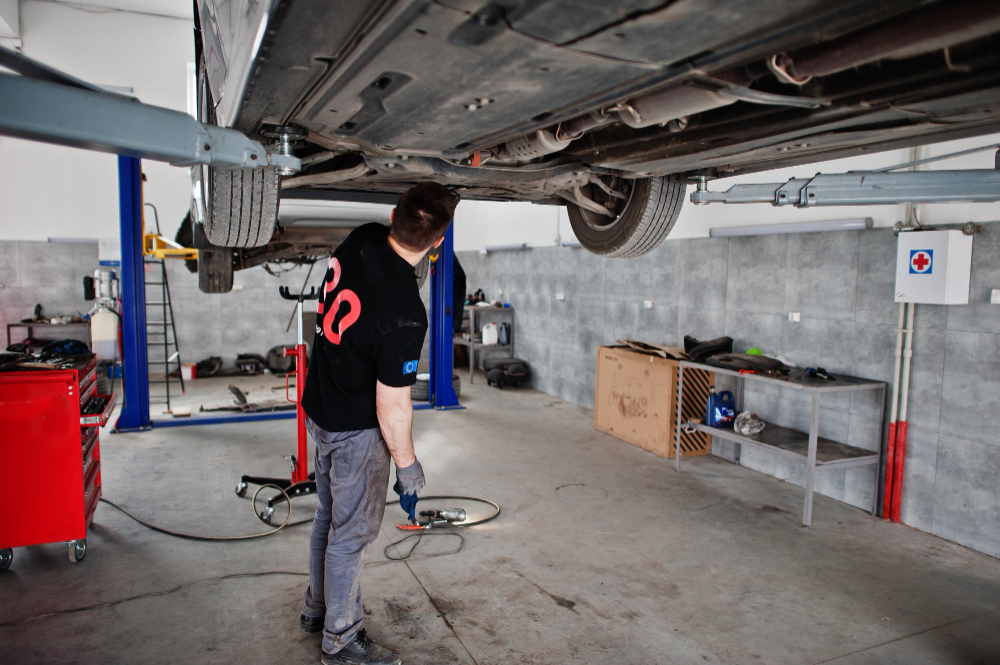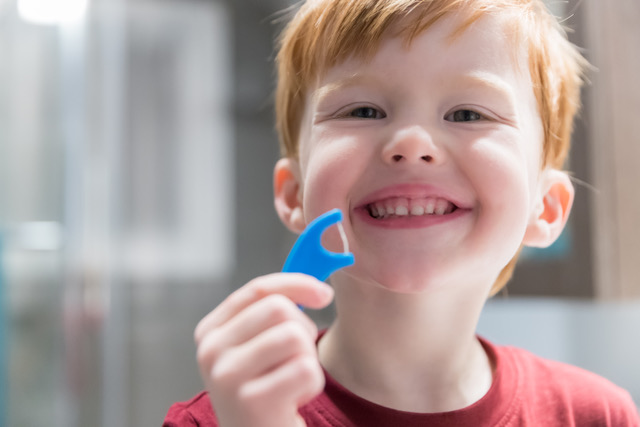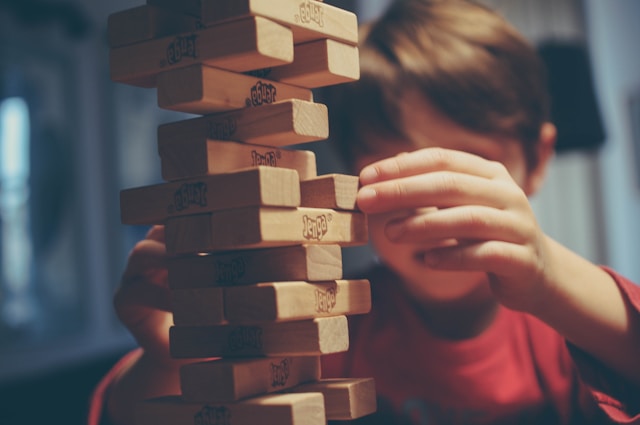Getting divorced or separated is not exactly a pleasant experience, especially if there is an ongoing fight over child custody. If you decide to end your marriage, one of the biggest challenges you will face is deciding who will get custody of the children.
If you know that deciding is not going to be easy, it is a good idea to get a mediator. A mediator can help parents reach an amicable agreement while ensuring the children’s best interests.
Instead of subjecting yourself to a drawn-out court battle, you can choose mediation, which will benefit your children far more. Mediation can ease the tensions between you and your spouse and help resolve contentious issues.

What Is Child Custody Mediation?
Child custody mediation is a process in which a mediator helps parents reach an agreement regarding the custody and care of their children. The primary goal of mediation is to ensure ongoing communication between parents so they can mutually decide what is best for their children.
Mediators are trained professionals who can help prevent conflict during child custody negotiations. They also know everything there is to know about family law.
When you get divorced, a court may order mediation if your situation requires it. However, you can also choose mediation as an option.
Mediation creates a calming environment where you and your spouse can work on a parenting plan that benefits your children. Mediation sessions are far less formal than courtroom proceedings. They give you and your spouse time to express concerns and propose ideas and solutions.
Why Child Custody Mediation is Better for Your Kids
Courtroom battles over custody are always hostile. This tension can spill over to your children and cause them to feel insecure, scared, and confused, especially for younger children.
When you go to mediation, the atmosphere is more cooperative because the mediator encourages you to work with your spouse.
Your kids should see their parents discussing custody arrangements calmly. This will help them maintain their sense of stability during a very difficult time in their lives.
Mediation Promotes Co-Parenting
It is often best for children when their parents co-parent them after a divorce. This is why mediators encourage parents to work as a team to care for their children, regardless of the legal custody arrangements. Your children need you and your spouse to cooperate. They need you to put their needs and well-being first.
Doing this will also reduce the likelihood of ongoing conflict after the divorce and make it easier for your children to accept their new reality.
Mediation Focuses on Your Children’s Best Interests
A mediator will always focus on the best interests of the child. Unfortunately, too many child custody court cases involve parents fighting to get a win.
Mediation shifts the focus from ‘winning’ to your children’s needs and interests. You and your spouse will focus on your children’s ages, emotional needs, schooling requirements, and extracurricular activities.
The mediator will help you both devise a parenting plan that works for both the children and you.
Personalized Solutions for Your Family
Moreover, court orders dealing with custody are often rigid, with little room for flexibility. With mediation, you can discuss several options before settling on one that works practically.
This also means you can set up visitation schedules, decide on holiday plans, and draw up specific guidelines for parenting responsibilities. You can choose the setup that works best for your family.
Breaking away from a legal template will benefit your children the most. This is because their needs are catered to, and the parenting plan is flexible enough to adjust as circumstances change.
Mediation Offers a Quicker Resolution
Court proceedings are not known for being quick and easy. When you choose a court case over mediation, you subject your kids to prolonged uncertainty and unease. This will cause them unnecessary stress.
Mediation is typically much faster. It may only take a few sessions to reach a child custody agreement. This means you can all move forward with your lives much faster, and it also means fewer disruptions to your kids’ lives.
Mediation Creates a Positive Path Forward
Mediation can help protect the emotional well-being of your children and give you and your spouse better control over custody arrangements. It is also considerably more affordable than a court case, which usually includes attorney fees and court fees.
Choosing child custody mediation helps ensure your children’s happiness and stability during a very uncertain time. With mediation, you can work together throughout the process to create a plan that will help create a positive path forward.














